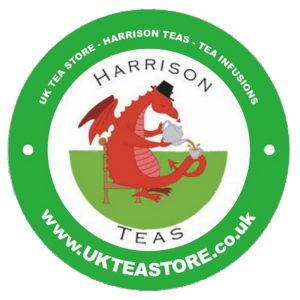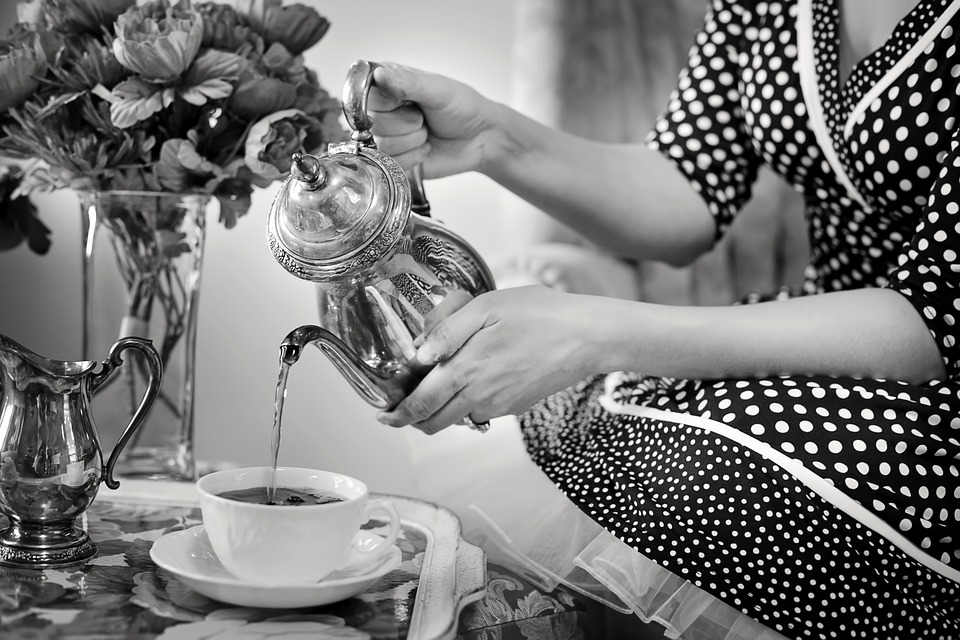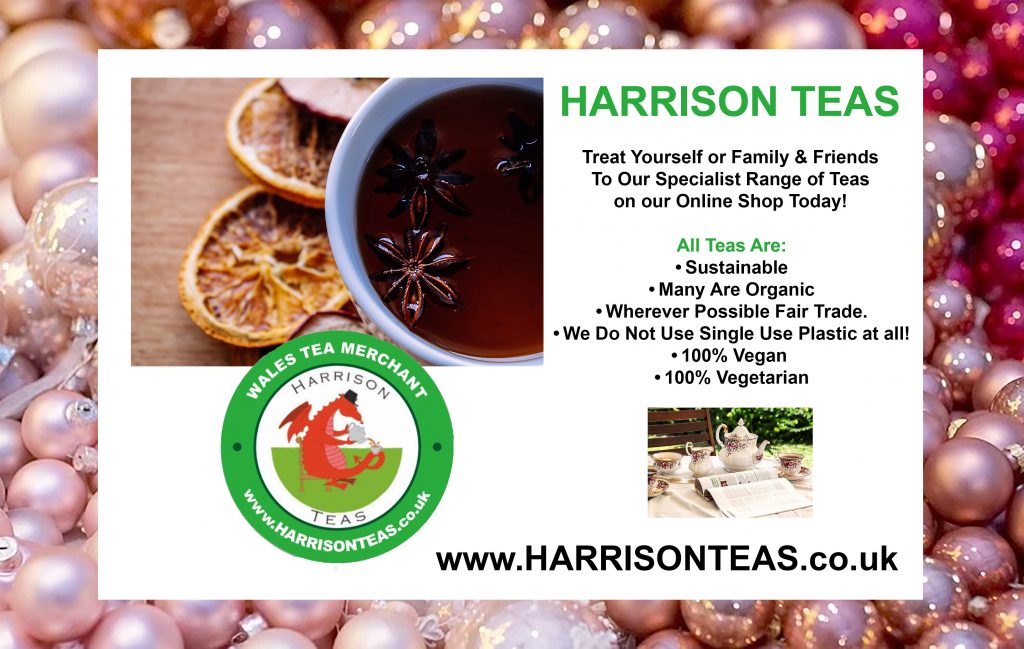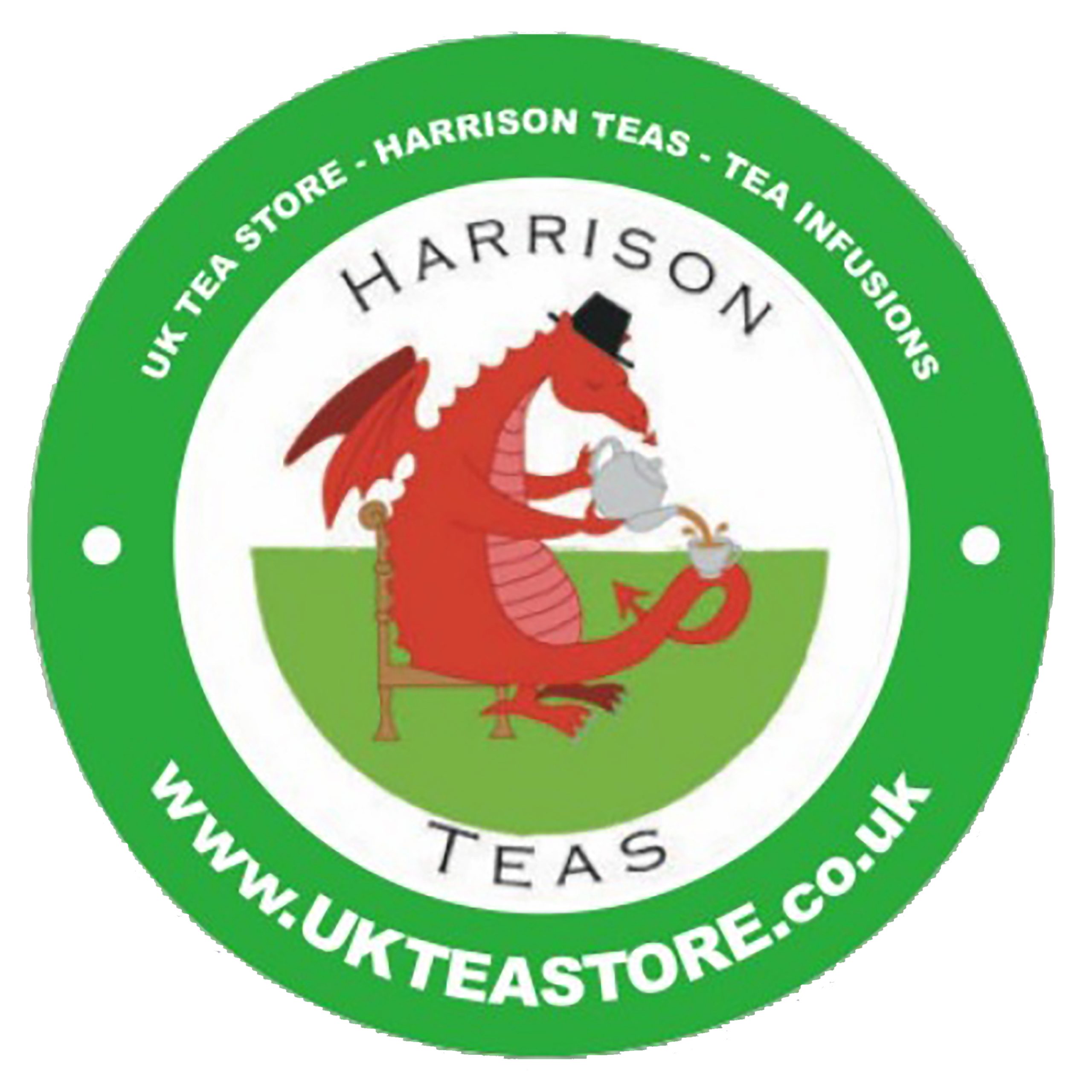Red Sea Tea & Spices Supply Issues: Anticipating Shortages in UK Supermarkets
The United Kingdom’s love affair with exotic flavors and culinary diversity is at risk due to an unforeseen challenge in the supply chain of Red Sea Tea & Spices. Renowned for its high-quality teas and aromatic spices, Red Sea has long been a staple in UK households. However, recent disruptions in the supply chain threaten to create shortages on the shelves of supermarkets across the country.
The threat posed by the Yemen rebel group, particularly in the strategically vital region surrounding the Red Sea, raises concerns about the potential for international shipping lanes to remain effectively closed. The geopolitical tensions in the area, fueled by the ongoing conflict in Yemen, have heightened the risk of disruptions to maritime traffic. The rebel group’s control over key coastal areas and its demonstrated capability to target ships using unconventional means, such as naval mines and drone attacks, contribute to the apprehension within the international shipping community. These security challenges could result in heightened insurance premiums, rerouting of vessels, and delays in the transportation of goods through the affected maritime routes, impacting global trade flows and adding complexity to an already intricate geopolitical landscape. The international community closely monitors the situation, seeking diplomatic resolutions to ensure the free and safe passage of vessels through these critical waterways.
Impact on UK Supermarkets:
As the supply chain for Red Sea Tea & Spices faces obstacles, UK supermarkets are likely to experience shortages in their inventory. Consumers who rely on these products for their daily cooking and tea rituals may find their favorite items increasingly difficult to obtain.
The shortage is expected to affect not only individual consumers but also restaurants and businesses. The potential unavailability of these essential ingredients could force businesses to alter their menus or seek alternative suppliers, leading to increased costs and operational challenges.
Consumer Response and Alternatives:
In response to potential shortages, consumers may need to explore alternative brands or substitute products to meet their culinary needs. Supermarkets are likely to promote and highlight alternative tea and spice options to mitigate the impact of the Red Sea supply issues. Consumers need to remain flexible and open to trying new products while keeping an eye on updates regarding Red Sea’s supply chain challenges.
With the prediction of potential shortages of Tea & Spices due to supply chain disruptions, there is a likelihood of panic buying reminiscent of the early days of the COVID-19 pandemic when toilet paper shortages became a global phenomenon. Consumers, concerned about the impending scarcity of their favorite teas and spices, may rush to supermarkets to stockpile products, fearing they won’t be readily available soon. This panic buying behavior can create a domino effect, leading to empty shelves, increased demand for alternative products, and a strain on the overall supply chain. The fear of missing out on beloved flavors and the uncertainty surrounding the duration of the supply issues may drive consumers to adopt a precautionary approach, contributing to a surge in purchasing and potential challenges in maintaining a steady supply of Tea & Spices in UK supermarkets. It is crucial for consumers to stay informed and exercise restraint to avoid exacerbating the situation further.
Conclusion:
The Red Sea Tea & Spices supply issues serve as a stark reminder of the interconnections of the global supply chain and the susceptibility of industries to external factors. As the world continues to navigate the challenges posed by the pandemic and climate change, consumers and businesses must adapt to potential disruptions in the availability of their favorite products.
While alternative products may provide short-term solutions, the hope is for a swift resolution to the supply chain issues, allowing the return of beloved teas and spices to the shelves of UK supermarkets.
Further Reading:
- Tea and spices vanishing from shelves: how Red Sea crisis could hit UK supermarkets (msn.com)
- Red Sea crisis begins to hurt India’s spices export – The Hindu BusinessLine
#harrisonteas #ukteastore #teawholesaler #teamerchant #ukteamerchant #teashortages #walesteamerchant #teasupplies #teastore #supplyissues #readseacrisis #cargoships





